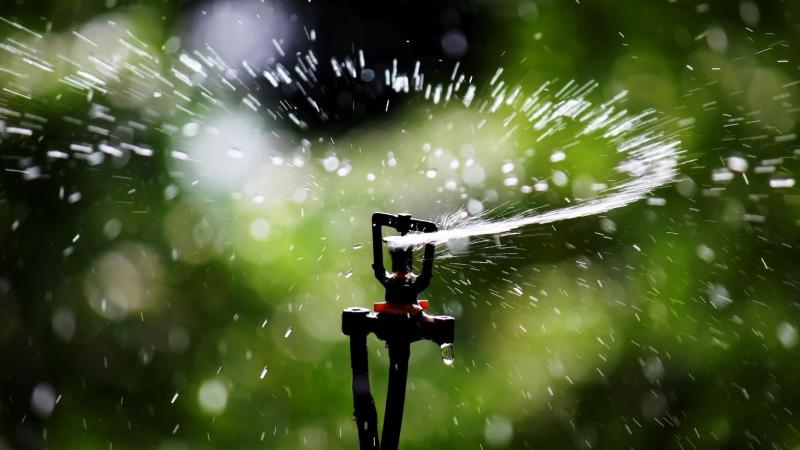
A spray of fine droplets of fluid finds its way in a wide range of applications such as spray painting, spraying of pesticides, injection of fuel in automobile engines and even making food! However, have you ever wondered how a spray is formed? The liquid is ejected at high speeds through a nozzle in the form of a thin sheet. They then spread outward and break into fine droplets to form a mist in a phenomenon known as atomization. In a recent study, Prof. Mahesh Tirumkudulu and his student, Ms. Nayanika Majumdar, from the Indian Institute of Technology Bombay (IIT Bombay), have presented experimental evidence that indicates that the sheets may be breaking up due to thinning. This evidence backs the theory proposed by the same researchers in 2013, which challenged the conventional explanation of this phenomenon.
Herbert Squire, a British aerospace engineer, proposed a theory in 1953 that showed that a moving liquid sheet of constant thickness would flap due to its interaction with the surrounding air. It breaks into fine droplets because the surrounding air disturbs the smooth surface of the liquid sheet and consequently breaks it. This process is similar to the fluttering of a flag when the wind blows past it. This model of the fluttering flag to explain the breaking of the sheet has withstood for over 50 years. However, the researchers of this study had proposed a correction to Squire’s theory earlier.
“Our group proposed a theory in 2013 which showed that while Squire’s theory is correct for uniform thickness sheets, it needs to be corrected to account for the thinning of the liquid sheets emanating from nozzles. For over seven decades, the flapping has been attributed to the interaction of the liquid sheet with the surrounding air. Our experiments completely overturn this hypothesis and show, for the first time, that the geometric thinning of the sheet causes the flapping”, explains Prof. Mahesh S Tirumkudulu, who led the research. The new experimental evidence, published in the reputed journal Physical Review Letters, backs their earlier proposed theory.
In the experiment, the researchers introduced a wave at the tip of the nozzle generating the sheets of liquid. Akin to shaking a hosepipe by holding its tip to create a wave in the water that comes out, the disturbances introduced at the nozzle give rise to waves in the sheet of water. The researchers observed that as the wave gets to thinner regions of the sheet, it gets slower and the amplitude or the height of the wave increases. This increase in the height disturbs the smooth surface of the liquid sheet.
“The proposed mechanism is valid even in vacuum as it ignores any interaction with the surrounding air. We confirmed this by noting that sheet flapping was unaffected by the change in the air pressure”, explains Prof. Tirumkudulu, leading the researchers to question the role of the surrounding air in breaking up the sheet.
“Our experiments suggest that there are always disturbances in the system such as vibration in the experimental set-up or fluctuations in the rate at which the fluid flows. Such disturbances manifest themselves as small waves at the exit of the nozzle, which then grow downstream to break the sheet”, he adds. Unlike Squire’s theory, which fails to explain the breaking of the sheet in vacuum, the proposed argument does not depend on the surrounding air and thus describes the process more accurately.
As specific applications require a particular size of spray droplets, nozzles are designed to overcome the disturbance of the surrounding air by increasing the speed of the flowing fluid, to obtain the desired size of drops. However, with the new theory, the final droplet size can be predicted in advance by controlling the disturbance at the nozzle—an ability that could lead to designs of efficient nozzles, which could generate droplets of varied required sizes.
“As a next step, we are working on ‘active nozzles’, where changing the amplitude and frequency of vibrations should create different drop size distributions using the same nozzle at a fixed flow rate”, concludes Prof. Tirumkudulu talking about the future of his work.





